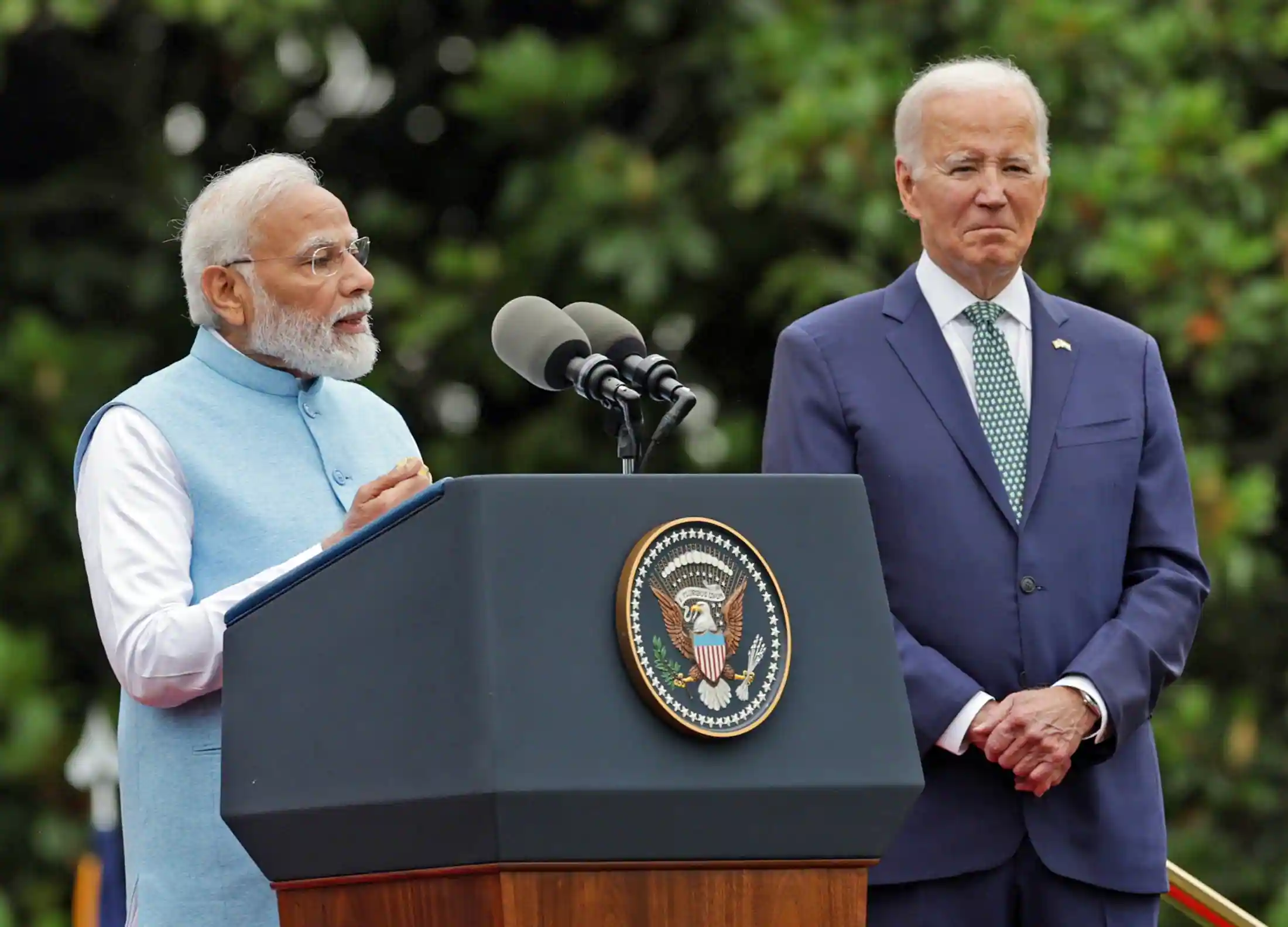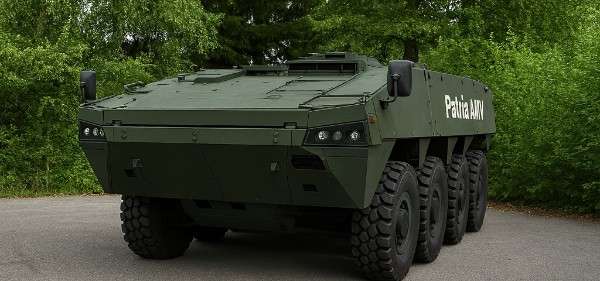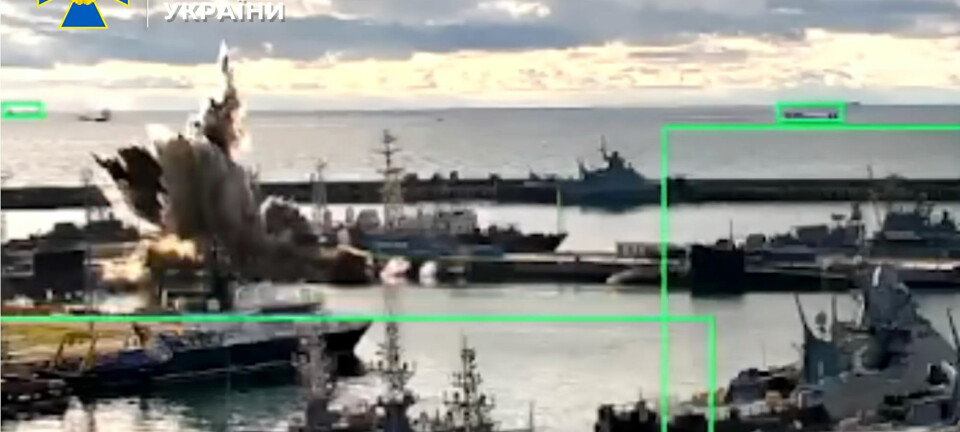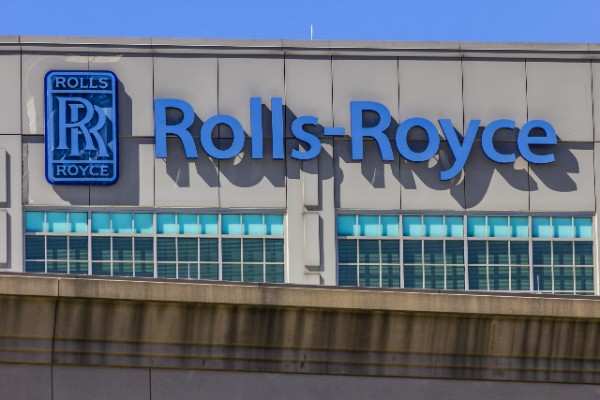Jawaharlal Nehru was the first Indian Prime Minister who visited the USA; however, that tour was a diplomatic disaster for both states. The USA wanted clear support from India in the Cold War, whereas Nehru, being more socialist in his thoughts, preferred to stay neutral. Nehru even rejected tons of wheat in aid, even though India was in dire need of it. Nehru prioritized national interest over any deal or aid and eventually started the famous non-aligned movement, choosing not to join any bloc.
Nehru paved the way for mutual interest relations and provided guidelines for future Prime Ministers and leaders. Narendra Modi, the current PM of India, belongs to a different party than Nehru, but he accepted Nehru’s legacy. India’s state visit is considered the best visit of all time in Indian history due to its effectiveness and significance.
Several scholars are analyzing that visit from different perspectives. This visit will have a strong impact on the Asian region, especially on China and Pakistan.
The 21st century is witnessing a new world order as China has emerged as a new player challenging the growing hegemony and dominance of the USA in global politics. The world is shifting from unipolarity to multipolarity. The Dragon, is busy shaping regional politics through initiatives like the Belt and Road Initiative and economic means. Unlike the USA, which used to rely on either soft or hard power to pursue its interests, China believes in smart power. China utilizes its economic power and debt-trap diplomacy to influence small states and employs hard power against adversaries like Ukraine and, to some extent, India. China has also become a major player in Middle Eastern policy, a region that was dominated by the USA a few years ago. China’s influence is producing tangible results.
While some scholars believe that China is just beginning its influence, the fact is that China has been diligently preparing for what it is achieving today.
China has effectively utilized various foreign policy tools to establish strong and diverse political and economic relationships with nations across the Middle East. Notably, initiatives like the Forum on China-Africa Cooperation (FOCAC) and the China-Arab States Cooperation Forum (CASCF) have facilitated productive collaboration with African countries and the League of Arab States, respectively. Moreover, the Shanghai Cooperation Organization (SCO) encompasses Middle Eastern states, including Iran as a recent formal member and Turkey displaying interest in full membership. This year, Saudi Arabia, Egypt, and Qatar have become dialogue partners, while the United Arab Emirates, Kuwait, and Bahrain are slated to become dialogue partners in the following year.
Now, coming back to Modi’s visit of USA, the visit was not merely a trade visit; the USA provided India with significant benefits. For instance, the GE deal, anticipated to be worth billions of dollars, involved the provision of sophisticated jet engine technology that had never been shared even with treaty allies. This deal has the potential to bind the defense industries of both countries for years to come.
Furthermore, on the technology front, another major expected announcement involves Micron Technology Inc., the biggest U.S. memory chipmaker. The two leaders are expected to announce that the company will build a chip assembly, testing, and packaging plant in Modi’s home state of Gujarat. This deal represents the first major investment by an American firm as part of the administration’s “national mission on semiconductors” to rebalance supply chains away from China, which isolated itself from the world for almost three years during the coronavirus pandemic.
USA and India have taken these steps to counter China both in terms of defense and technology.
Way Forward:
China has a notable history of employing assertive measures when responding to international developments. In the current global landscape, it is conceivable that China may seek to establish alliances with key US allies in an effort to advance its strategic interests. Europe, currently contending with the repercussions of the Ukraine-Russia conflict, presents an opportunity for China to play a role in resolving the situation and potentially sideline the United States from the peace process. This calculated move aims to garner support from European allies, including Great Britain, Germany, and France.
European nations, burdened by the ongoing conflict and dissatisfied with perceived US shortcomings in resolving the issue, may view Chinese assistance as a viable alternative in addressing the aftermath of the war. If China can effectively demonstrate its ability to alleviate the consequences of the conflict, European states may be willing to collaborate with China, particularly if it aligns with their immediate interests.
China’s involvement in the Israeli context is also a significant consideration. Given the substantial threats posed by Iran and Hamas to Israel’s security, and China’s notable ties with Iran, it is plausible that China will endeavor to play a constructive role in reducing tensions between Iran and Israel. Although full recognition of Israel by Iran may be improbable, China’s engagement could potentially contribute to a reduction in the intensity of violence. Furthermore, China’s influence over the non-state actor Hamas which receives significant support from Iran, further reinforces the inevitability of China’s involvement in this intricate dynamic.
In summary, China’s response to these global challenges appears inevitable, with the nation poised to actively engage in conflict resolution efforts and secure alliances. Utilizing its diplomatic prowess and economic leverage, China aims to establish itself as a key player in international affairs while cultivating relationships with pivotal global actors.
Table of Contents
ToggleAuthor:
Muhammad Hassaan Naqvi is an Islamabad based researcher.












